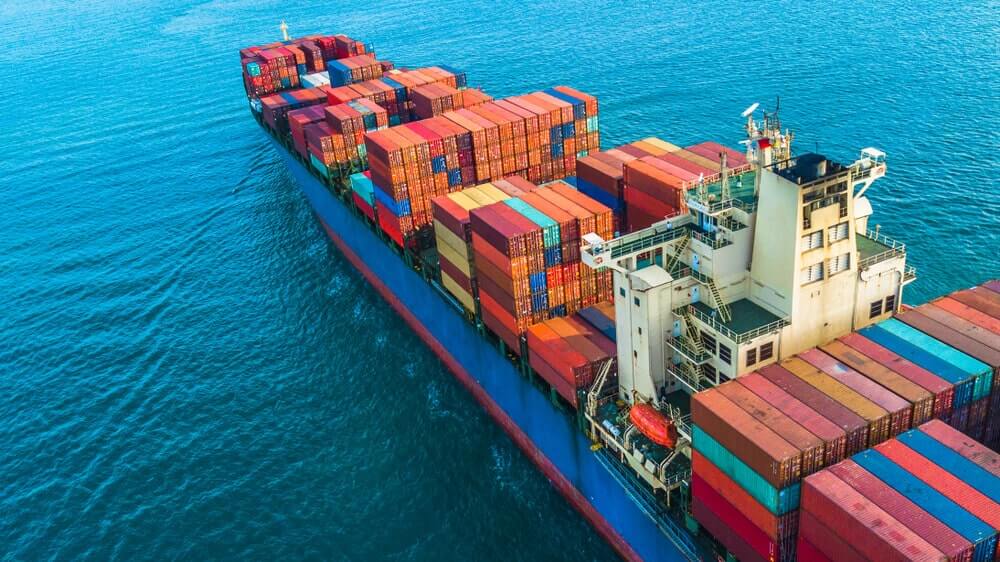
Surging shipping costs-consumer products price
The global surge in container shipping rates could raise consumer prices by 1.5 percent over the next year (UNCTAD).
The coronavirus pandemic has disrupted supply chains and trade routes. Hence, the cost of a single shipping container has risen dramatically in the last 18 months. Route costs have increased sevenfold, if not more. The current surge in container freight rates, if sustained, could increase global import prices by 11 percent and consumer prices by 1.5 percent between now and 2023.
Consumer prices in the United States would rise by 1.2 percent, while China’s would increase by 1.4 percent. According to the analysis, smaller countries that rely more on imports will see consumer prices rise by a much higher 7.5 percent.
Electronics, furniture, and apparel would see the most significant price increase. The rise should be at least 10% globally. The supply chain distribution will cause the rise. According to UNCTAD, containers account for 17% of total seaborne trade volume. As a result of rising cargo shipping costs, some companies have chosen to send smaller products by air, though air freight is more expensive. The increase in container shipping costs would also stifle growth in major economies.
Suppose container freight rates rise 10% and supply chains remain disrupted. In that case, industrial production, a significant growth driver, will fall by more than 1% in the United States and the eurozone and by 0.2 percent in China.
Oil reserve release
The potential release of oil reserves from top global consumers dampened sentiment and weighed on prices. Hence, Asia’s spot crude market has peaked after reaching near two-year highs this week. According to traders, the possibility of top consumers’ unprecedented coordinated oil release has exhausted buying interest in recent sessions. This resulted in critical physical spot price premiums for crudes sold to Asian buyers from the Middle East and Russia weakening.
Brent crude futures’ backwardation structure, in which contracts for immediate delivery are more expensive than those for later periods, has also narrowed sharply this week, indicating reduced market tightness in the near term. Buyers in top importer China have recently purchased some U.S. Mars crude cargoes, as premiums for the Gulf coast sour grade is 50 cents to $1 a barrel lower than Oman crude for February arrival, though volumes were limited. Asia’s refining margins have also fallen from two-year highs. Profits for producing distillates such as naphtha, gasoline, and gasoil have leveled off. This came after they had sharp gains in the previous two months.


